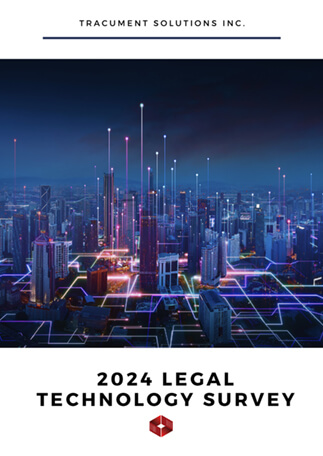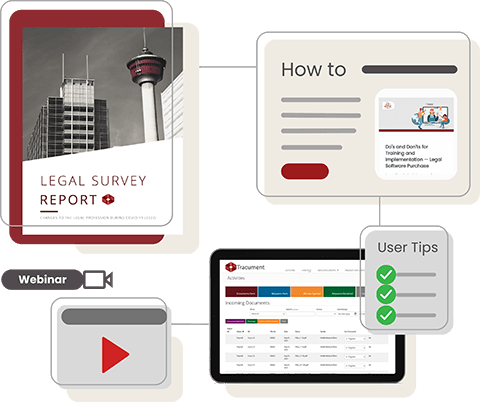
What Great Training Looks Like in 2025
In 2025, mastering legal technology isn't optional, it's essential. But buying the latest software isn't enough. The real key to success is building a strong foundation through good training.
Without quality training, even the most advanced legal tech won’t reach its full potential. This is especially true as workplaces continue to change. In our last survey, we found that 87% of firms allowed employees to work from home, and 63% planned to return to the office in 2024. If these numbers hold, many firms may already be back in the office full-time. This shift shows why legal professionals need both strong technical skills and the ability to adapt to virtual or hybrid environments.
What Makes Training Effective?
Good training is more than sharing information—it's practical, engaging, and tailored to the needs of each role. Strong training programs include:
Relevance to the Job
Training should focus on the specific tasks people handle. For example, paralegals often manage documents, deadlines, and forms. Training for paralegals should focus on the software that helps with those tasks, making the learning directly useful.
Interactive and Engaging
Training should involve learners, not just talk at them. Case studies, role-playing, and hands-on demos make the experience more engaging. In fact, a Harvard Business Review study found 92% of executives believe engaged employees drive higher performance.
Practical Application
Learners need to practice with real-world or simulated tasks. This not only builds confidence but also gives them a safe space to test out new tools, make mistakes, and learn from them. By applying skills in realistic situations, employees can transfer what they’ve learned directly into their daily work, making training more valuable and effective.
Continuous Improvement
Training shouldn’t be one-and-done. Programs should include feedback, updates, and adjustments as technology and workflows evolve. They should also promote standardization across the firm so that everyone follows the same best practices. Standardized training ensures consistency, reduces errors, and makes collaboration smoother across teams.
What Makes Training the Best?
We’ve highlighted four key areas: relevance, engagement, practical application, and continuous improvement. But which one do you think makes training truly great? Is it relevance to your role, the interactive elements, the chance to practice, or the consistency that comes with standardization? Let us know by taking our 2025 survey. Your feedback will help us learn what matters most to firms like yours.
Avoiding Diminishing Returns
It's important to invest in training, but also to be strategic. Too much training without focus can lead to diminishing returns. Firms can avoid this by:
-
Strategic Prioritization
- Focus training on the tools and skills that matter most for your firm’s goals. For example, if your firm relies heavily on e-discovery software, prioritize training on that system instead of spreading resources thinly across less-used tools.
-
Tailored Delivery
- Use formats that fit learners’ needs, like self-paced modules, workshops, or mentoring. Junior staff may prefer structured workshops, while senior attorneys might benefit more from short, focused modules they can complete on their own schedule.
-
Continuous Reinforcement
- Provide resources like tutorials and peer groups to help skills stick over time. Ongoing reinforcement ensures that training isn’t forgotten after a single session and allows employees to revisit concepts when they need them.
-
Evaluation and Adaptation
- Collect feedback, track performance, and refine training regularly. This can include surveys after sessions, quizzes to measure learning, or benchmarking performance against industry standards to keep programs relevant and effective
Strong training programs not only improve performance but also help retain talent, especially junior employees, who often leave within three years. By offering real growth opportunities, firms can boost both engagement and retention.
Why This Matters Now
As technology evolves and workplaces shift, training remains the foundation for success. Firms that invest in meaningful, well-structured training will be better prepared to compete and thrive.
Do you agree? Let your voice be heard when our Tracument Legal Survey comes out! If you want to learn more about Tracument, click here.
You may also like
Tracument Wrapped!
December 4, 2025
What 2025 Looked like for Tracument and for you!
Technology Shaping Firm Growth
December 1, 2025
Discover how legal tech boosts firm growth, cuts costs, reduces turnover, and drives success in 2025. Take our survey today!
Introducing a New Way to View Your Matters in Tracument
November 14, 2025
Tracument will be making a release this weekend with some new enhanced features. Our CEO, David Swadden gives a quick run-through about what to expect on Monday.





